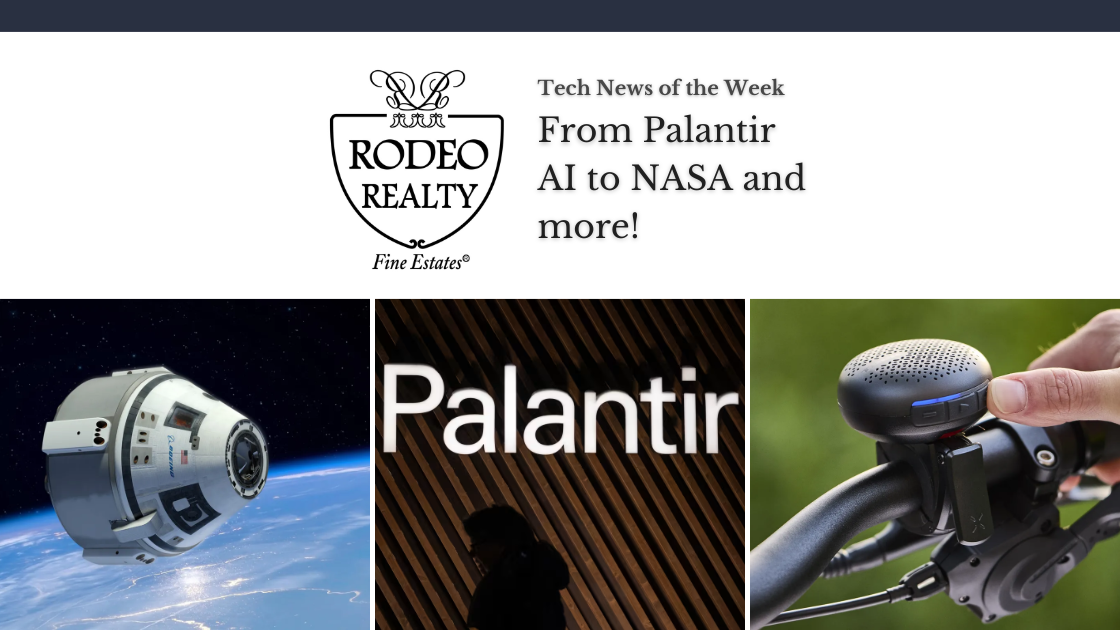From Palantir AI to NASA and more, the tech world is buzzing with new advancements and partnerships. TikTok’s Spotlight hubs enhance engagement with movies and TV shows, while Instagram expands its carousel post capacity. Apple’s iOS 18 update will support Adaptive Lighting for Matter devices, improving smart home functionality. Meanwhile, NASA and SpaceX prepare for astronaut returns amidst ongoing challenges with Boeing’s Starliner. Read on for this week’s tech news round-up!
Apple Home’s Adaptive Lighting to Support Matter Devices with iOS 18
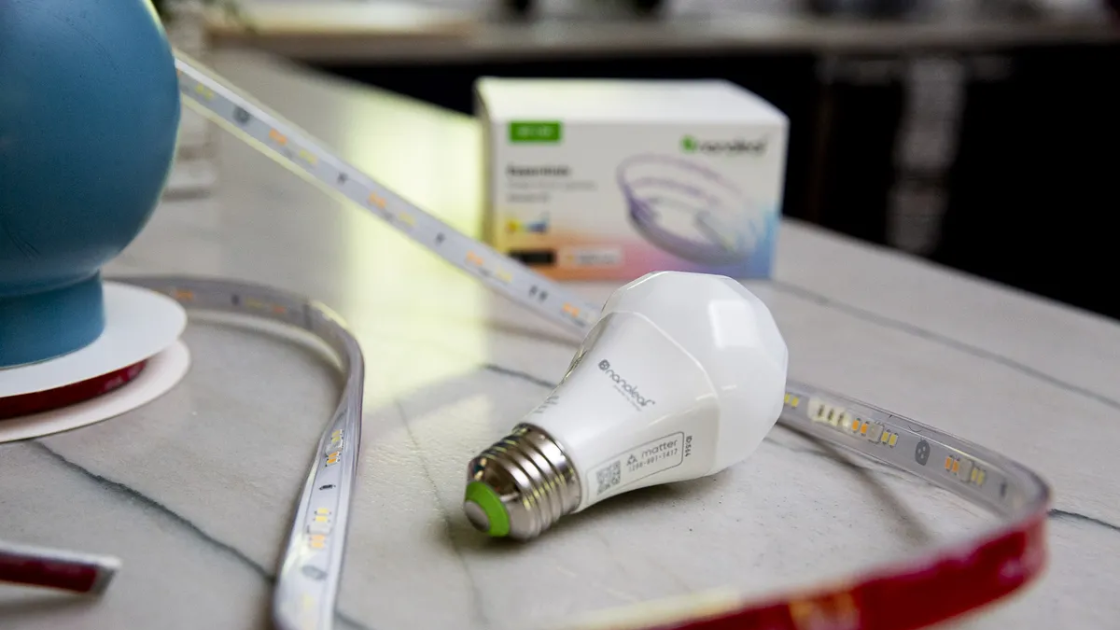
With the upcoming iOS 18, Apple Home will enable Adaptive Lighting for smart lights connected via Matter, the interoperability standard from Apple, Amazon, and Google. This feature, which adjusts the color temperature of smart lights throughout the day, will now work with a broader range of brands. Nanoleaf’s CEO, Gimmy Chu, confirmed extensive testing of this feature on their Essentials Matter lights, making them one of the first to launch Adaptive Lighting on Matter products. Previously limited to HomeKit devices, this update promises a more seamless experience for users with diverse smart light brands, enhancing the functionality and accessibility of smart home lighting.
Palantir Partners with Microsoft for US Defense and Intelligence Services
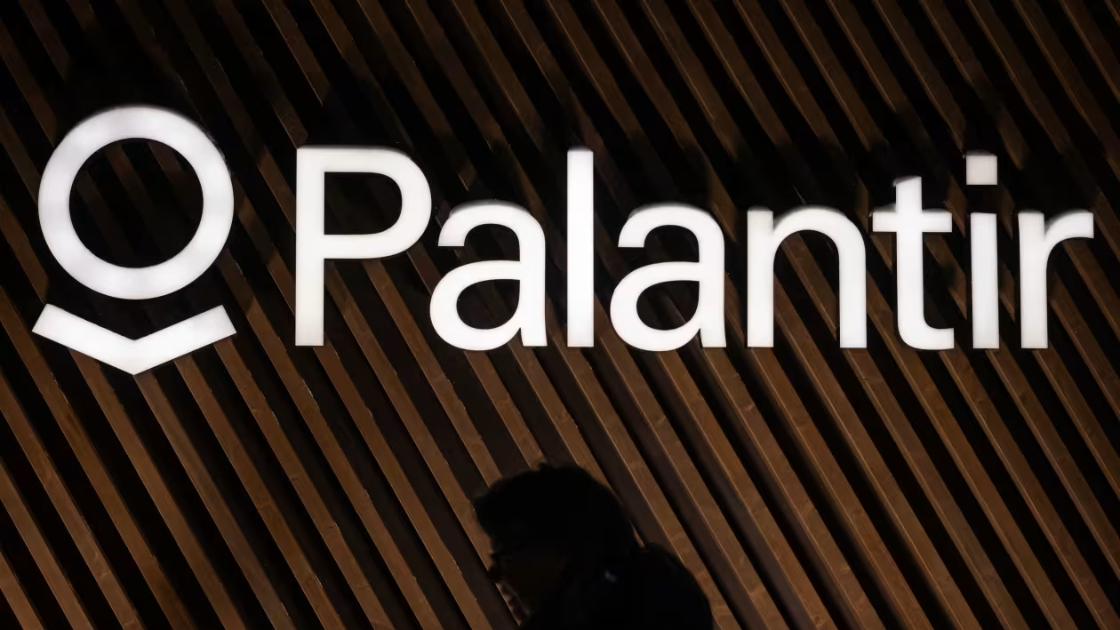
Palantir and Microsoft have announced a partnership to deliver services for classified networks in US defense and intelligence agencies. This collaboration integrates Microsoft’s Azure OpenAI Service with Palantir’s AI Platforms in Microsoft’s government cloud environments, enhancing national security missions. Known for data analysis and surveillance, Palantir, co-founded by Peter Thiel, has a significant client base including ICE, police departments, and private companies. The partnership aims to operationalize large language models for critical missions, leveraging Palantir’s AI capabilities. Palantir’s commercial business is rapidly growing, with a significant share price increase in 2024.
Instagram Doubles Content Limit for Carousel Posts
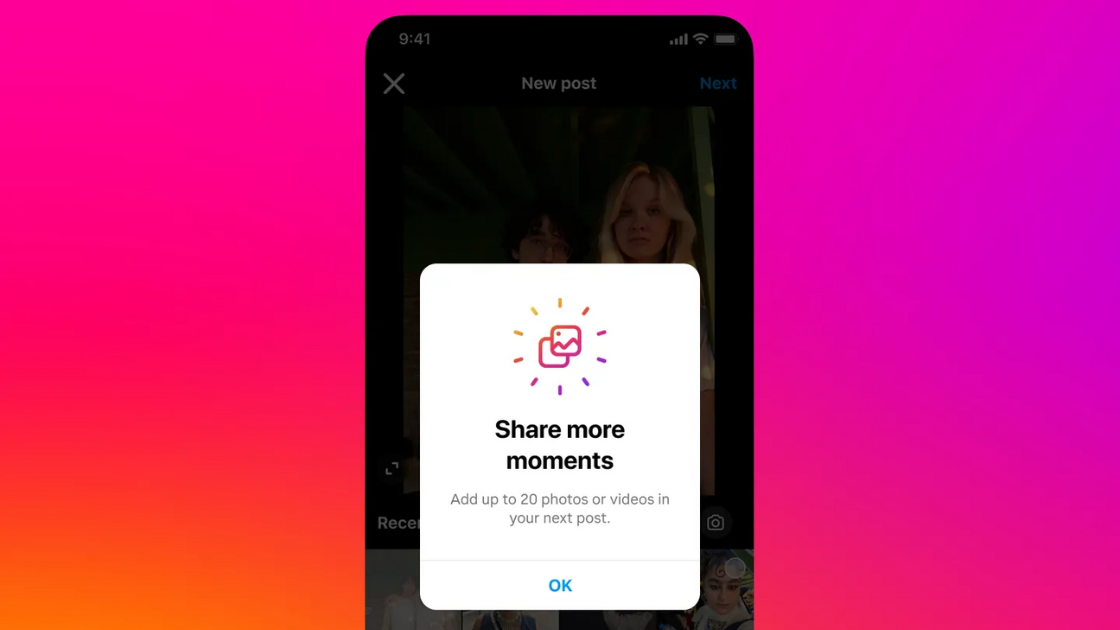
Instagram announced an expansion of its carousel posts, allowing up to 20 photos or videos per post, up from the previous limit of 10. This update aims to enhance user experience by enabling more content in a single post, useful for collaborative posts and storytelling. The carousel feature, introduced in 2017, now also supports music pairing and collaborative content. This change aligns Instagram more closely with TikTok, which allows up to 35 photos per post. The new feature is rolling out globally today.
Trek Introduces BellBeats: A Versatile Bluetooth Speaker for Cyclists
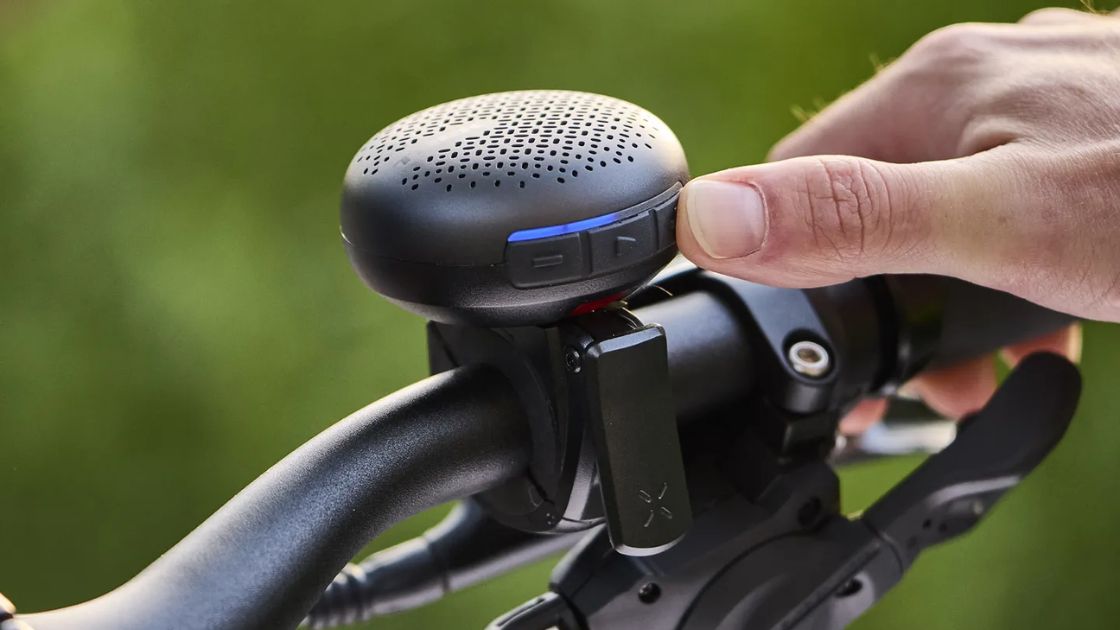
Trek’s new BellBeats is a compact Bluetooth speaker for cyclists, featuring eight quick-access alert tones to effectively signal pedestrians and vehicles. Mounted on handlebars, the speaker offers sounds like a metal bell or train horn, triggered via a thumb button. Designed to be more noticeable than traditional bells, BellBeats includes ambient tones for trail riding and can play music, audiobooks, or GPS directions. It boasts a six-hour battery life, built-in volume controls, and an IP67 waterproof rating. Priced at $99.99, BellBeats is currently available through local retailers, with direct purchases from Trek coming soon.
TikTok Introduces Spotlight Hubs for Movies and TV Shows

TikTok’s new feature, TikTok Spotlight, will create in-app hubs for movies and TV shows linked directly from fan-made videos. These links, appearing in the bottom-left corner of relevant videos, lead to pages with information about the title, cast, related content, and where to watch or buy tickets. This feature, initially seen with Warner Bros. Discovery’s Dune: Part Two, is curated through technology and human review based on hashtags, keywords, and clips. While creators aren’t paid for these links, they may receive exclusive incentives. Entertainment companies can use analytics to track trends and manage their content’s use on TikTok.
NASA Prepares Contingency Plan for Astronaut Return from ISS
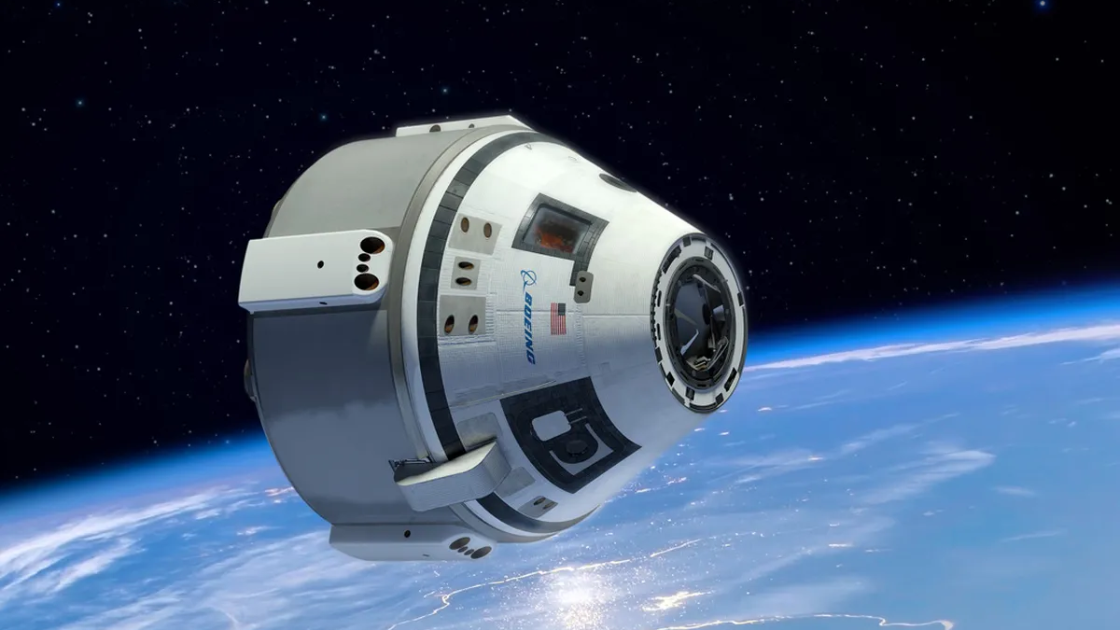
NASA announced a contingency plan to bring astronauts Barry Wilmore and Sunita Williams back from the ISS early next year. If their Boeing Starliner spacecraft remains unsafe, the backup plan involves SpaceX’s delayed Crew-9 mission. Initially, the astronauts were to return shortly after their June 5th launch, but ongoing issues with Starliner have extended their stay. NASA prefers using Starliner, but if necessary, SpaceX will send two astronauts to the ISS in late September, reserving seats for Wilmore and Williams to return in February. A final decision is expected by mid-August.
